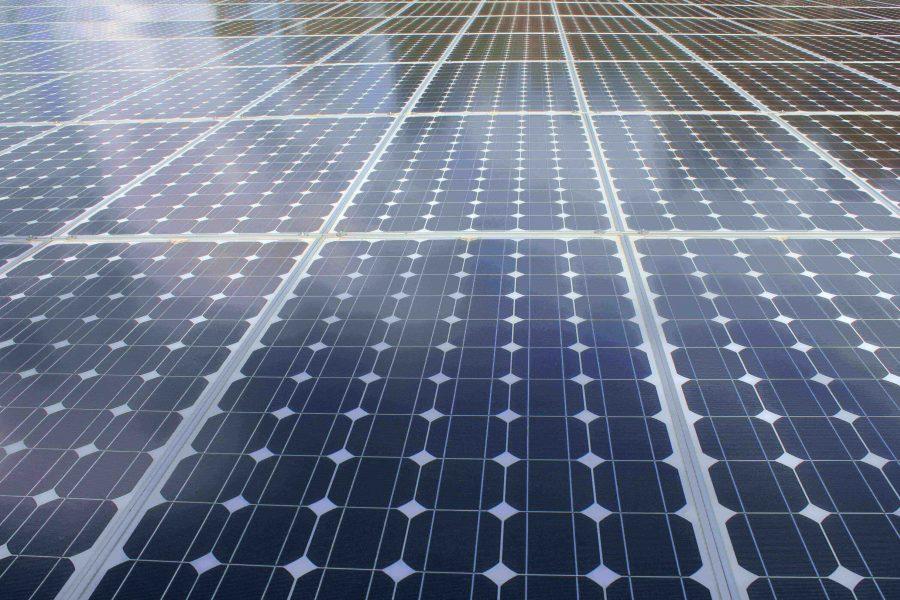Florida’s future in Solar Energy
September 6, 2016
The passing of Amendment 4 on Aug. 31 provides tax exemptions for both commercial and private solar energy users beginning Jan.1, 2018, fostering the future of widespread solar energy in the Sunshine State.
According to the Solar Energy Industries Association, Florida’s solar energy potential ranks third in the nation but is currently 14th for cumulative solar capacity installed. Amendment 4 is thought to elevate Florida’s position on the national list for solar energy installation.
Well-known benefits of solar energy includes monthly bill savings, increased property value and carbon footprint reduction. Traditional electricity is sourced from finite fossil fuels. Our dependence on fossil fuels is the key culprit driving global climate change. Solar energy, a renewable alternative, produces clean power without releasing pollutants.
“Solar energy helps us move away from dependence on fossil fuels,” said Science Department Chair Pamela Schlachtman. “Solar panels have a positive impact on our environment. I think amendment 4 will help reduce the price of solar panels.” In addition to solar panels, she recommends high efficiency air conditioning units and hurricane windows to add insulation and reduce harmful greenhouse gas production.
Despite these advantages, solar panels are rarely installed in Florida. Installation is estimated to save about $2,000 after more than 20 years, but current pricey upfront investments leave skeptical buyers proceeding with electrical energy.
Pricing for an average single family home can range from $20,000 to $40,000. Larger installments like the Marriott Residence Inn’s in Coconut Grove cost around a quarter of a million dollars.
Sophomore Katie Hawkins’s family has caught on to the minor renewable energy source trend, using a small panel to heat their swimming pool.
“If you are going to have [a solar panel] on a large scale, it’s going to be really, really expensive,” Hawkins said. “But the panel pays for itself; it’s a good investment.”
By the end of this year, Florida Power & Light company, a leading producer of solar energy in Florida, “will have tripled its solar energy-based generating capacity from 110 Mega-Watts to approximately 333 Mega-Watts.”
FPL has also identified seven sites in which they plan to develop solar generation facilities and natural gas combined cycles, which will produce 50 percent more electricity than traditional simple cycles.
With less residential and commercial taxes to pay for solar energy and the support of big energy companies like FPL, the future of Florida’s solar energy production is bright.











